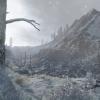I went on a hike today. ![]() I saw Formica cf. francoeuri, Pogonomyrmex cf. subnitidus, Pogonomyrmex cf. californicus-(concolorous), Liometopum occidentale, Myrmecocystus sp, Dorymyrmex insanus, Dorymyrmex cf. bicolor, Solenopsis xyloni, and a single worker of Solenopsis cf. amblychila, which was this trip's target.
I saw Formica cf. francoeuri, Pogonomyrmex cf. subnitidus, Pogonomyrmex cf. californicus-(concolorous), Liometopum occidentale, Myrmecocystus sp, Dorymyrmex insanus, Dorymyrmex cf. bicolor, Solenopsis xyloni, and a single worker of Solenopsis cf. amblychila, which was this trip's target. ![]() I did not take much images, but when I saw this, I felt like I needed to document it.
I did not take much images, but when I saw this, I felt like I needed to document it.
It rained last week, and the ground is still wet. Two days ago, as some may know, I was here at the same spot, and successfully found Prenolepis imparis. Anyways, winter is over, as you can tell by my large group of species sighted, there were ants foraging, and fixing water soaked nests everywhere. I saw one specific colony of Pogonomyrmex sp. showing a behavior that MrILoveTheAnts showed in the third video of this thread. There was a large group of workers, including callow workers sunbathing around their nest. I have a feeling there were two purposes to this:
- Callow workers hardening exoskeleton. (As mentioned in MrILoveTheAnts's video.)
- Drying off after rain.
Enjoy. ![]()
Also! If anyone can get a species ID from these images, please say so. ![]()
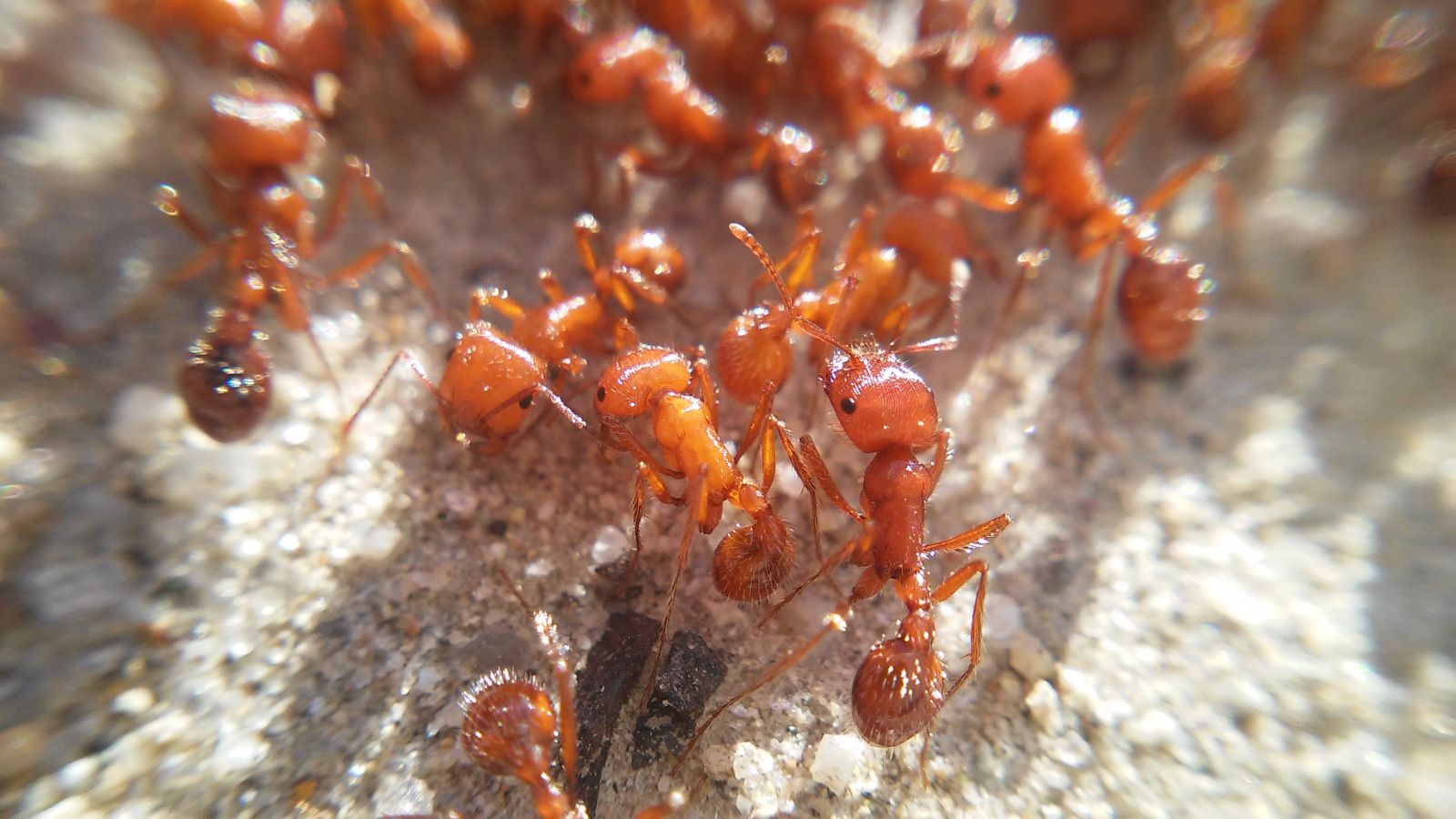
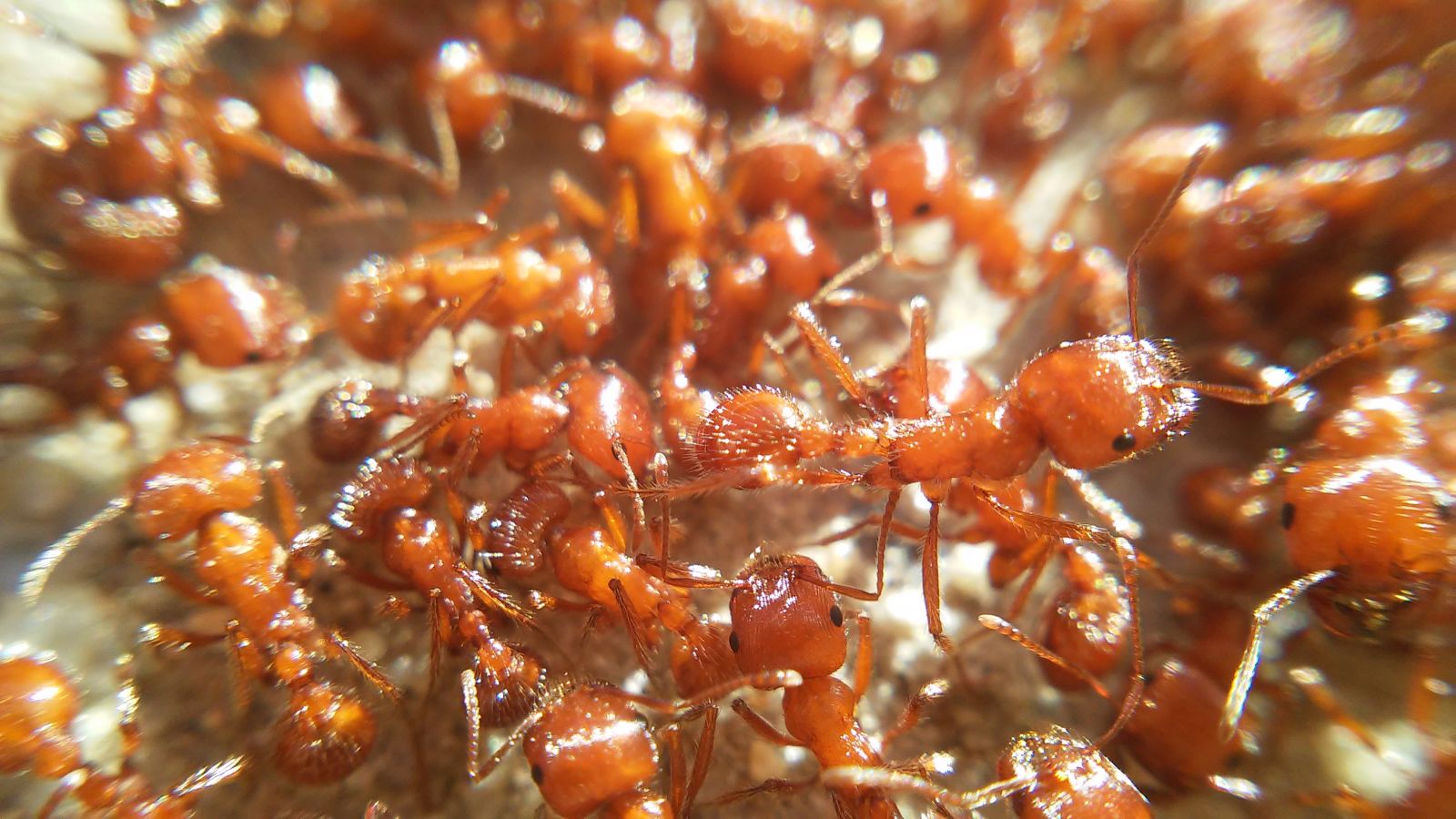
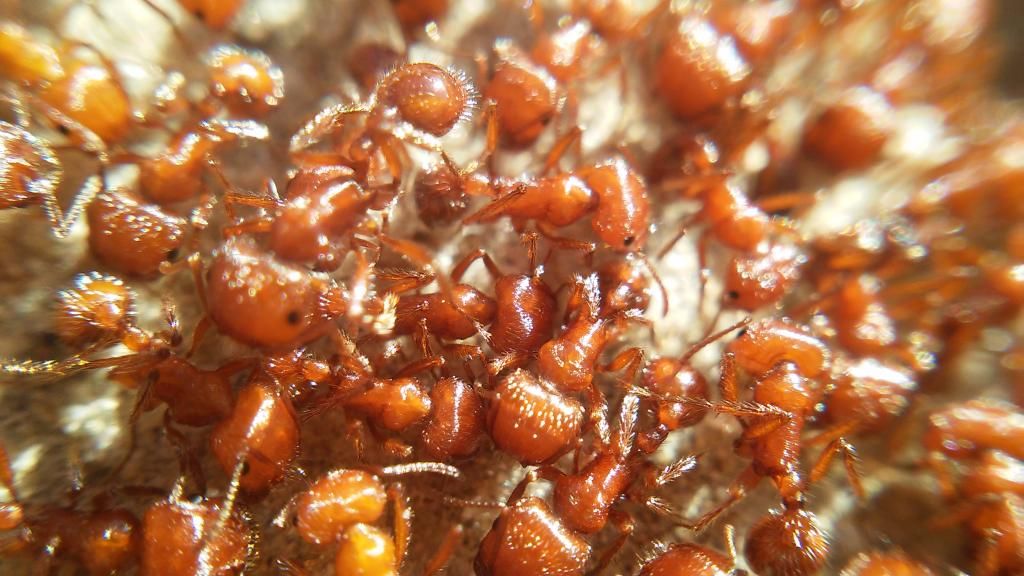
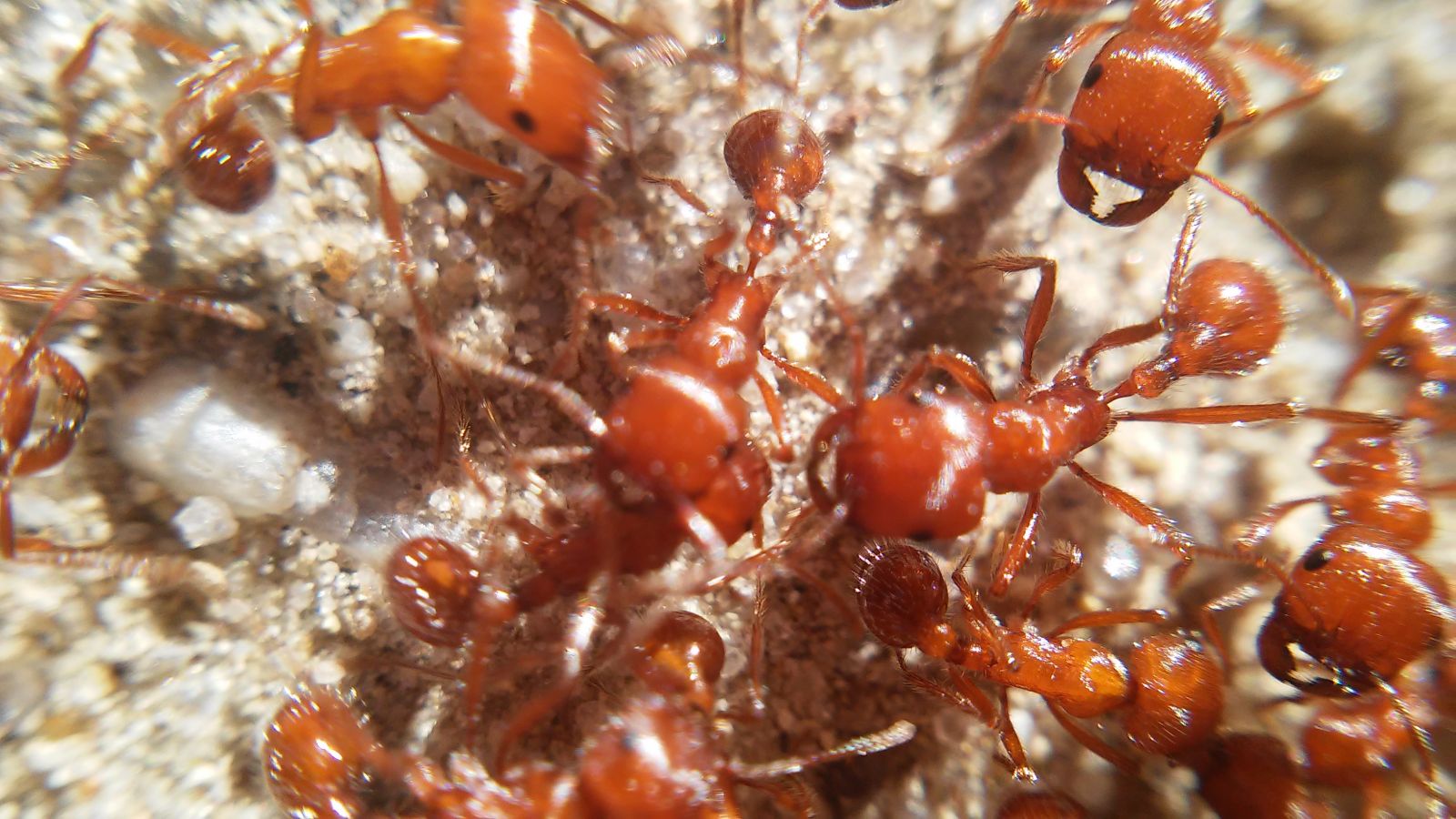
Spooking them after finishing taking the video, they started carrying the callows back into the nest:
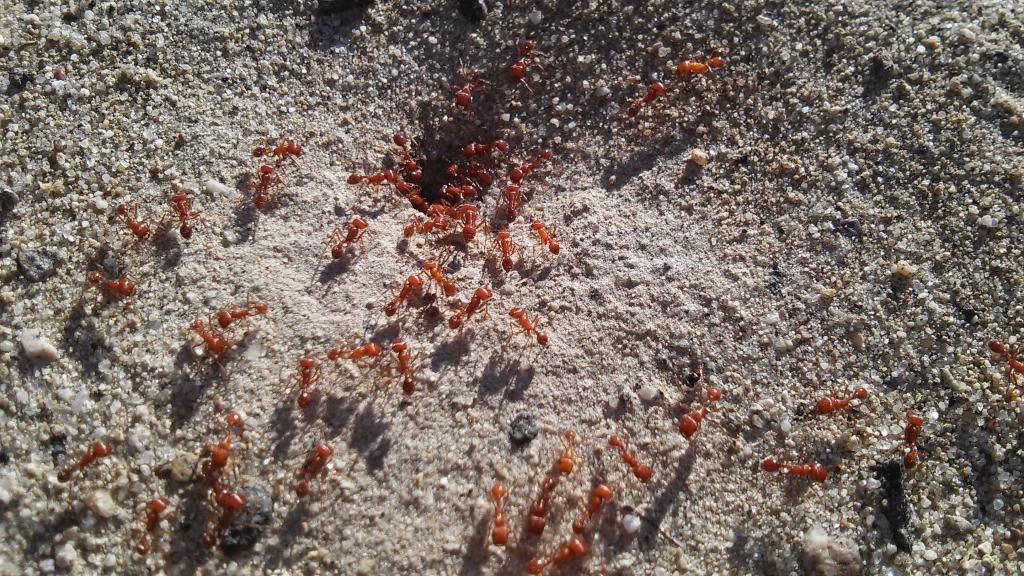
Edited by Gregory2455, January 17 2015 - 6:01 PM.

















